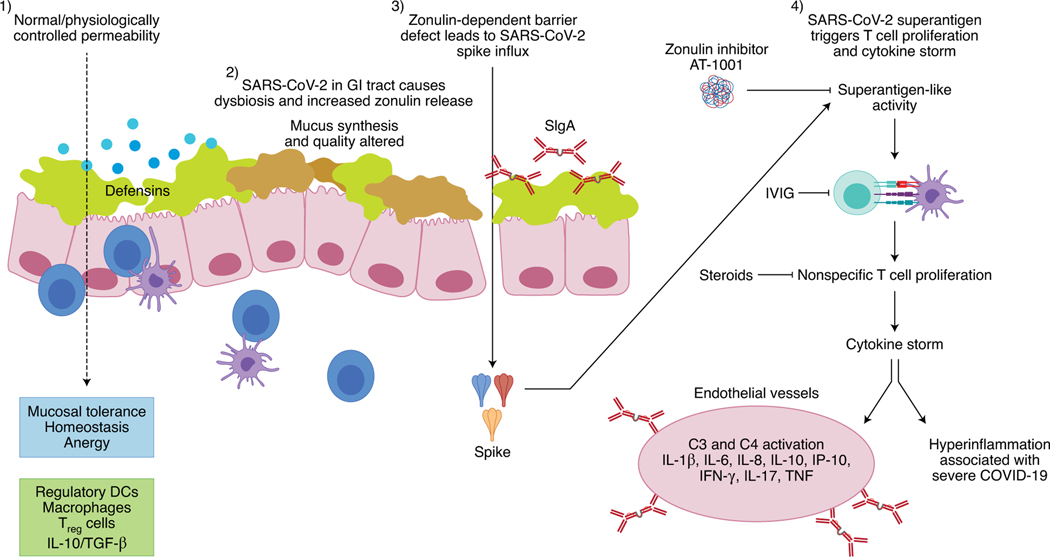Fig. 3 |. Hypothesis on the pathogenesis of multisystem inflammatory syndrome in children and in adults (MIS-A).
(1) Under physiological circumstances, the homeostasis of the intestinal mucosa is maintained through tightly controlled antigen trafficking from the gut lumen into the lamina propria. (2) The presence of SARS-CoV-2 (either as viable or non-viable viruses) in the GI tract causes dysbiosis and upregulates the expression of zonulin, a molecule that controls paracellular permeability. (3) The zonulin-dependent increased gut permeability allows the paracellular passage of large, intact molecules, including SARS-CoV-2-derived spike proteins, into the lamina propria. (4) Spike proteins, acting as superantigens, trigger T cell proliferation and cytokine storm, with subsequent onsets of severe GI symptoms and systemic inflammation, which are typical of MIS-C and MIS-A. IVIG, intravenous immunoglobulin. SIgA, secretory immunoglobulin A.

